Recombinant Human DNMT1, GST-tagged
| Cat.No. : | DNMT1-511H |
| Product Overview : | Recombinant Human DNMT1, (a-a 2-1632), with N-terminal GST tag expressed inbaculovirus. MW= 211 kDa. |
- Specification
- Gene Information
- Related Products
- Case Study
- Application
- Download
| Species : | Human |
| Source : | Insect Cells |
| Tag : | GST |
| Protein Length : | 2-1632 a.a. |
| Description : | DNA (cytosine-5-)-methyltransferase 1 has a role in the establishment and regulation of tissue-specific patterns of methylated cytosine residues. Aberrant methylation patterns are associated with certain human tumors and developmental abnormalities. |
| Purity : | >50%. |
| Application : | Useful for the study of enzyme kinetics, screening inhibitors, and selectivity profiling. |
| Formulated In : | 25 mM Tris-HCl, pH 8.0, 100 mM NaCl, 0.05% Tween-20 and 10% glycerol. |
| Stability : | >6 months at –80°C. |
| Gene Name | DNMT1 DNA (cytosine-5-)-methyltransferase 1 [ Homo sapiens ] |
| Synonyms | DNMT1; DNA (cytosine-5-)-methyltransferase 1; AIM; DNMT; MCMT; CXXC9; FLJ16293; MGC104992; CXXC finger protein 9; DNA methyltransferase 1; EC 2.1.1.37; Dnmt1; DNA methyltransferase HsaI; DNA MTase HsaI; M.HsaI; CXXC-type zinc finger protein 9 |
| Gene ID | 1786 |
| mRNA Refseq | NM_001130823 |
| Protein Refseq | NP_001124295 |
| MIM | 126375 |
| UniProt ID | P26358 |
| Chromosome Location | 19p13.2 |
| Pathway | Cysteine and methionine metabolism; Metabolic pathways |
| Function | DNA (cytosine-5-)-methyltransferase activity; DNA binding; metal ion binding; transcription factor binding; transferase activity; zinc ion binding |
| ◆ Recombinant Proteins | ||
| DNMT1-511H | Recombinant Human DNMT1, GST-tagged | +Inquiry |
| DNMT1-02H | Active Recombinant Full Length Human DNMT1 Protein, N-6xHis-FLAG-tagged | +Inquiry |
| DNMT1-2633H | Recombinant Human DNMT1 protein, His-tagged | +Inquiry |
| DNMT130392H | Recombinant Human DNMT1 (646-1600) Protein, His-tagged | +Inquiry |
| DNMT1-72H | Recombinant Human DNMT1 protein, GST-tagged | +Inquiry |
Case 1: Chen Z, et al. Epigenetics. 2023
While DNMT inhibitors show limited efficacy in solid tumors, this study reveals DNMT1’s role in regulating 5-Azacytidine sensitivity and MEK/ERK signaling in gastric cancer (GC). KRAS mutations or MEK/ERK activation elevate DNMT1 levels, whereas MEK inhibition reduces them. 5-Azacytidine suppresses DNMTs, paradoxically activating MEK/ERK and altering Selumetinib response. TCGA data link DNMT1 expression to RAS/MEK/ERK-driven gene signatures, suggesting combination therapies targeting epigenetic and signaling pathways could overcome resistance.
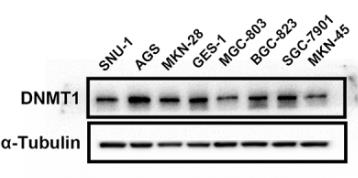
Fig1. The protein expression of DNMT1 in seven GC cell lines and immortalized normal epithelial GES-1 cells was detected by western blotting.
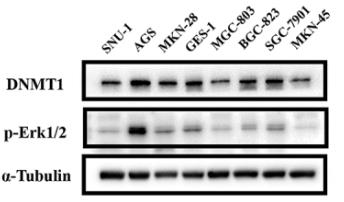
Fig2. Western blotting analysis of p-Erk1/2 level and DNMT1 expression level in seven GC cells and immortalized epithelial GES-1 cells.
Case 2: Zeng H, et al. Respir Res. 2020
This study links oxidative stress, apoptosis, and DNA methylation in emphysema pathogenesis. COPD patients exhibited elevated ROS, lung apoptosis, and Bcl-2 promoter hypermethylation alongside upregulated DNMT1. In smoking-induced mouse models, antioxidant treatment or DNMT1 inhibition reduced ROS, restored Bcl-2 expression via promoter demethylation, and mitigated emphysema progression. Findings highlight DNMT1-mediated epigenetic dysregulation as a key bridge between oxidative stress and apoptosis, suggesting dual targeting of ROS and DNA methylation could slow COPD advancement.
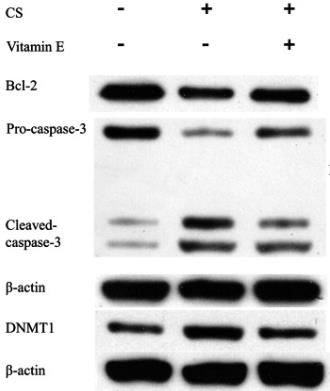
Fig1. Immunoblotting was conducted in lungs from the control, CS exposure and CS exposure with Vit E treatment groups.
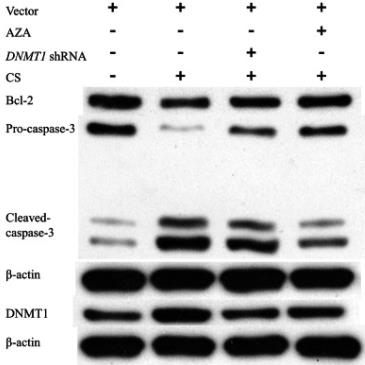
Fig2. Immunoblotting was conducted using lungs from the vector, CS + vector, CS + DNMT1 shRNA and CS + AZA groups.
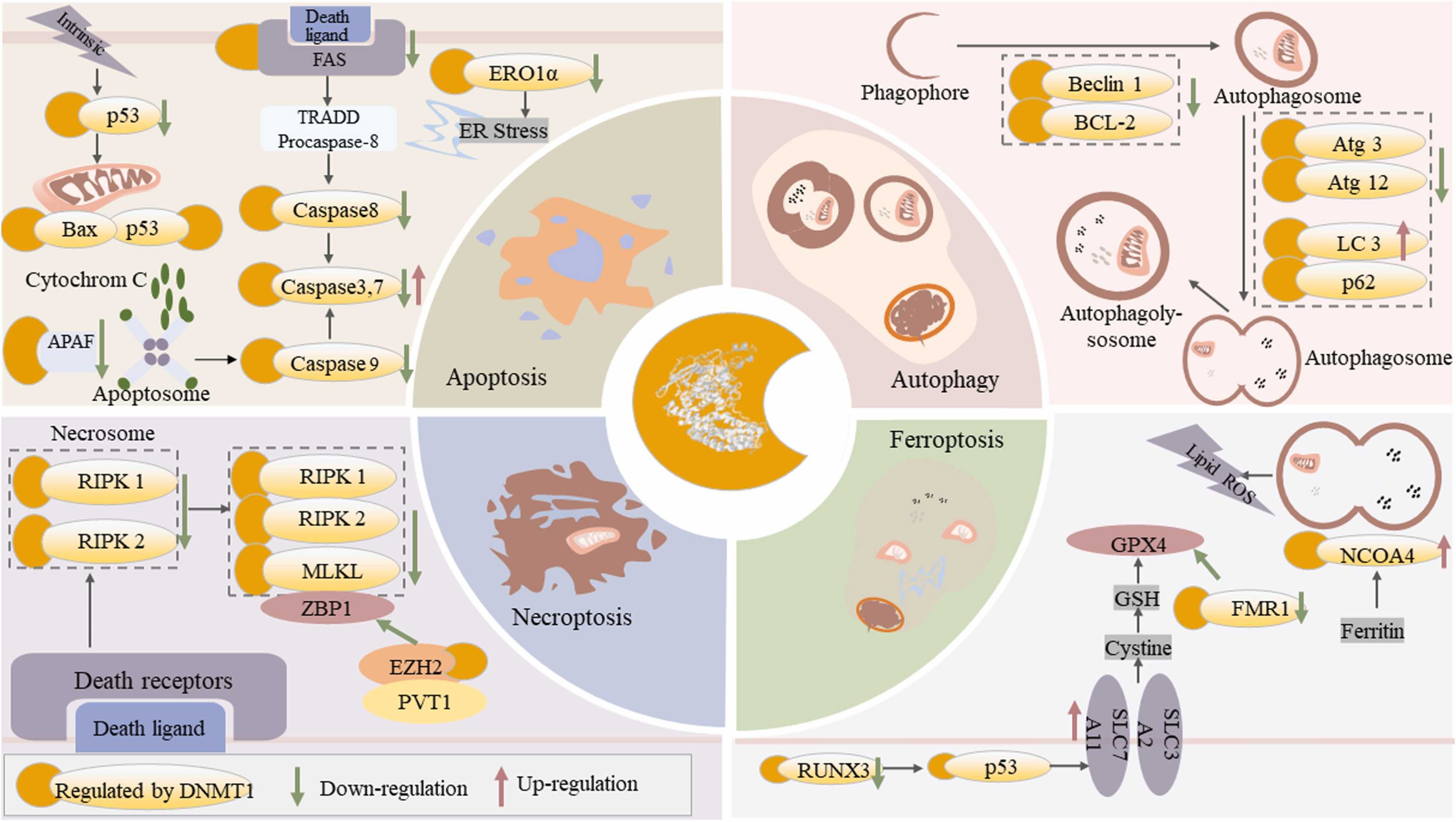
Fig1. DNMT1 mediates multiple PCD. (Lan Yan, 2023)
Not For Human Consumption!
Inquiry
- Reviews
- Q&As
Ask a Question for All DNMT1 Products
Required fields are marked with *
My Review for All DNMT1 Products
Required fields are marked with *
Inquiry Basket


